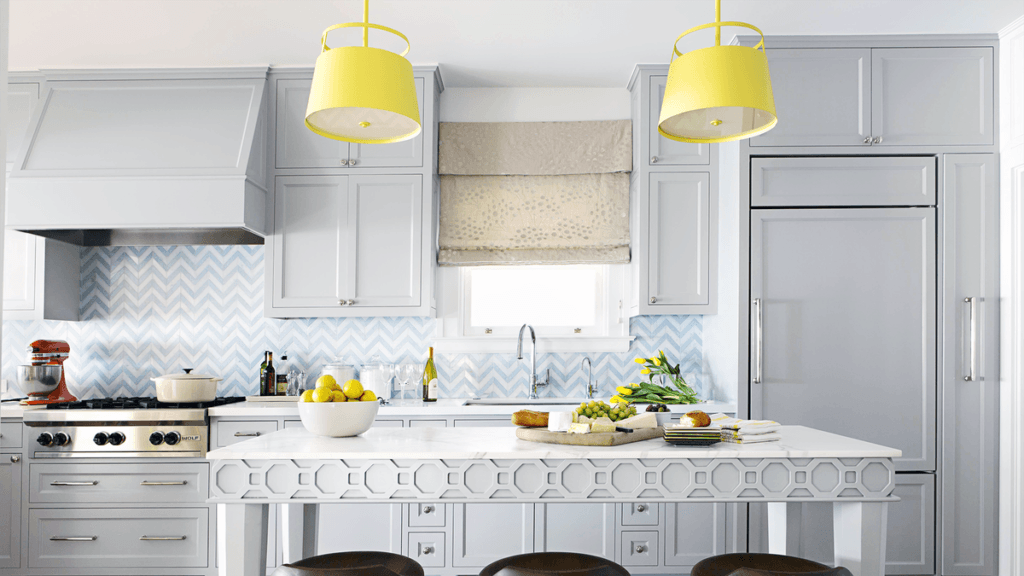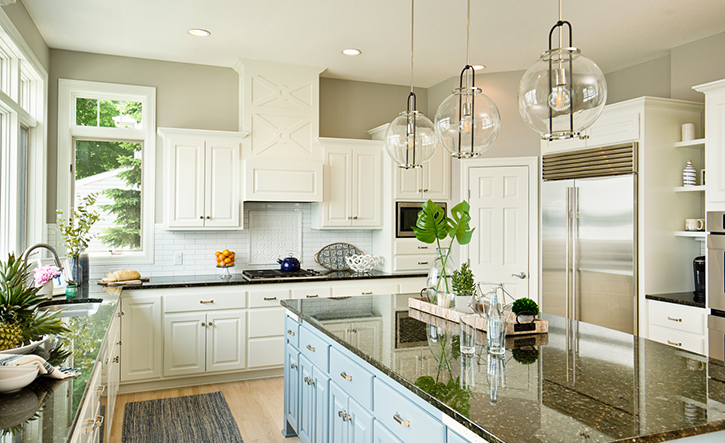A kitchen renovation, also known as a kitchen remodel, is making significant changes or improvements to your existing kitchen to enhance its functionality, aesthetics, and overall value. Kitchen renovations can range from minor updates to complete overhauls, depending on your goals and budget.
Kitchen renovations can be tailored to your specific needs and preferences. Whether you want to create a more modern, traditional, rustic, or contemporary kitchen, a renovation allows you to personalize the space according to your tastes and requirements.
It’s essential to plan your renovation carefully, establish a realistic budget, and work with Kitchens Perth professionals if needed to ensure a successful outcome.
Here’s a step-by-step guide to help you get started:
- Set Your Goals and Budget:
Determine your renovation goals. Are you looking to improve functionality, update the aesthetics, increase storage, or make the kitchen more energy-efficient? Set a budget that aligns with your goals.
- Research and Inspiration:
Collect ideas and inspiration for your new kitchen. Browse magazines, websites, and social media platforms like Pinterest to gather design ideas, color schemes, and layout options.
- Create a Wish List:
List features and elements you’d like in your new kitchen. Prioritize the most important ones, such as appliances, countertops, cabinetry, and flooring.
- Assess the Current Kitchen:
Evaluate the current kitchen’s layout and functionality. Note what works and what doesn’t. Identify any structural issues, such as plumbing or electrical concerns needing attention.
- Hire Professionals:
Consider hiring professionals, such as a kitchen designer, architect, or contractor. They can help you with the design, planning, and execution of the renovation. Seek recommendations and conduct interviews to find the right team.
- Design and Layout:
Work with a designer or create a layout that suits your needs and preferences. Determine the placement of appliances, cabinets, sinks, and any structural changes required.
- Choose Materials and Finishes:
Select the materials and finishes for your kitchen. This includes cabinets, countertops, flooring, backsplash, hardware, and appliances. Consider quality, durability, and aesthetics.
- Demolition and Prep Work:
Clear your kitchen and remove the existing cabinets, appliances, and fixtures. This is the starting point for your renovation.

- Electrical and Plumbing Work:
If your renovation involves changes to electrical or plumbing systems, hire professionals to complete this work safely and up to code.
- Cabinetry Installation:
Install new cabinets, ensuring they are level and secure. This step is crucial, as cabinets are a significant part of the kitchen’s functionality and aesthetics.
- Countertop Installation:
After the cabinets are in place, install your chosen countertops. Popular options include granite, quartz, marble, or butcher block.
- Appliance Installation:
Install new or updated appliances like the refrigerator, stove, dishwasher, and microwave.
- Flooring Installation:
Lay down the new flooring, whether tile, hardwood, laminate, or another material. Ensure it complements the overall design.
- Backsplash and Wall Finishes:
Install a backsplash that complements your countertops and cabinets. This is both functional and decorative. Consider wall finishes, paint, or wallpaper.
- Lighting and Fixtures:
Install new lighting fixtures, such as overhead, under-cabinet, and pendant lights. Add decorative and functional fixtures like faucets and handles.
- Final Touches:
Apply any final touches, such as moldings, trim, or paint. Ensure all elements are in place and functioning correctly.
- Cleanup and Inspection:
Clean the kitchen thoroughly and inspect the work to ensure it meets your standards and complies with codes.
- Enjoy Your New Kitchen:
Move back into your renovated kitchen and enjoy your upgraded space. Make any final adjustments or additions to enhance your kitchen’s functionality and aesthetics.

